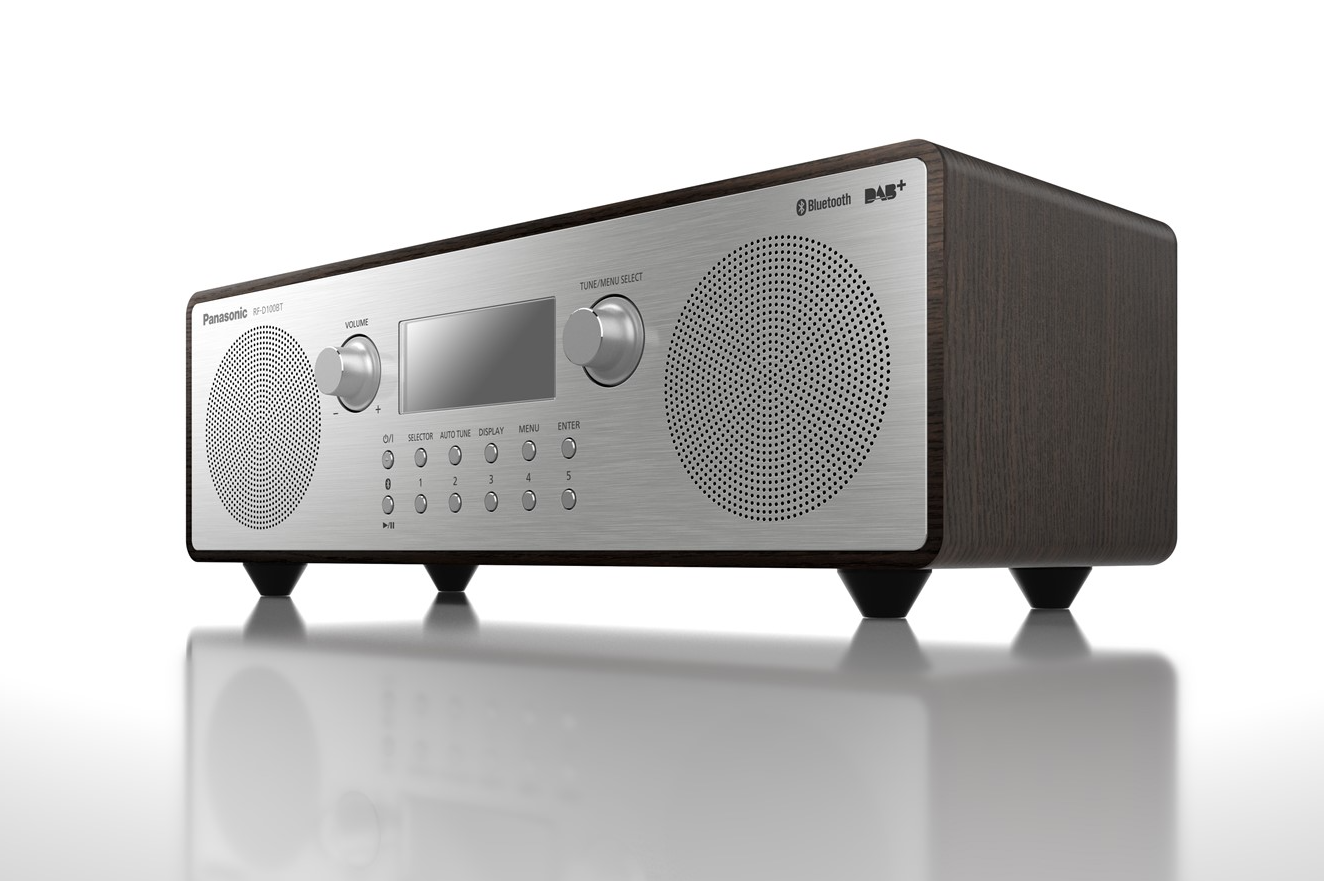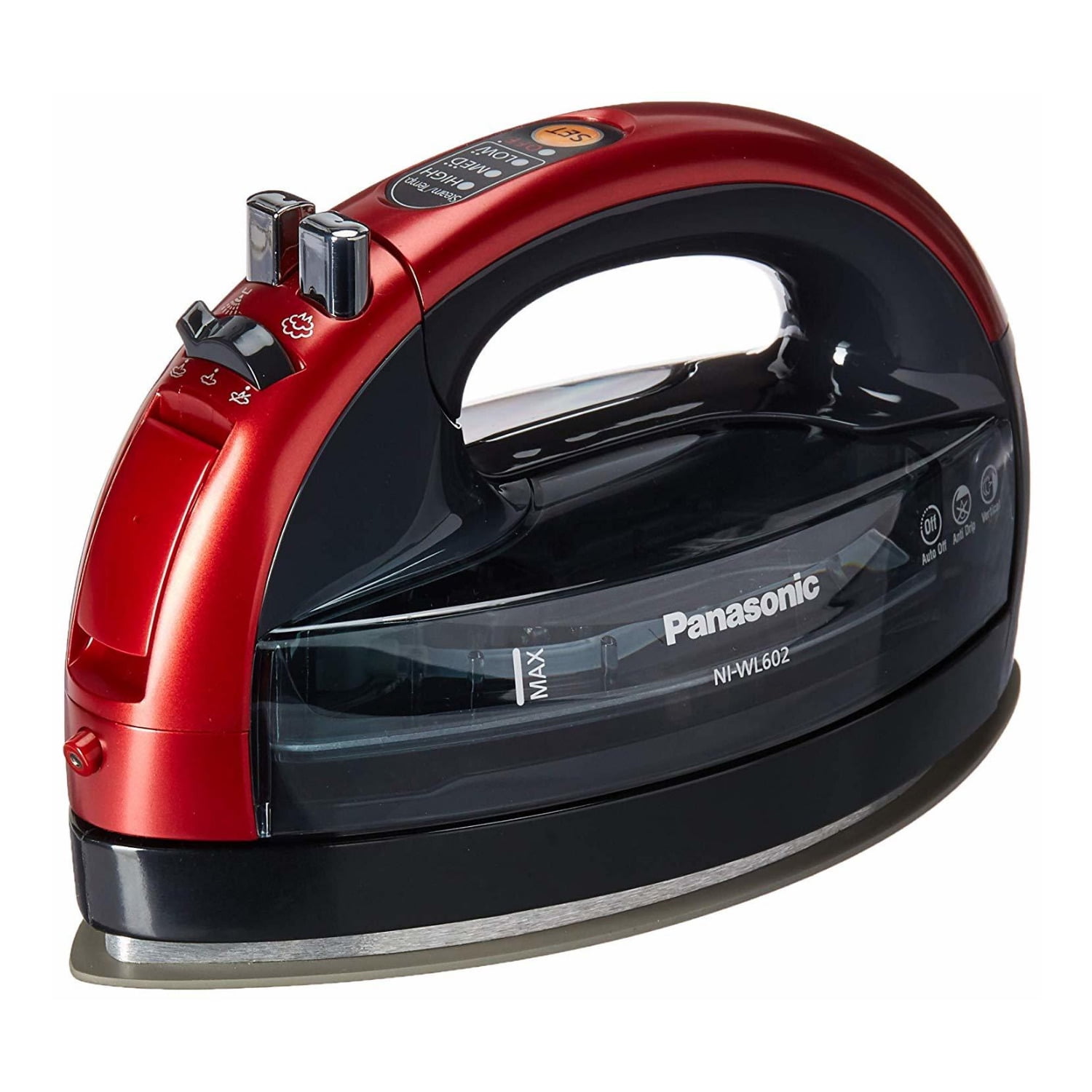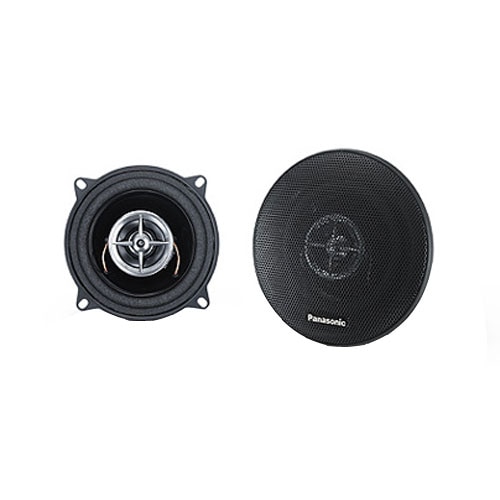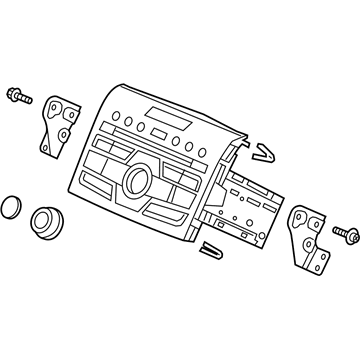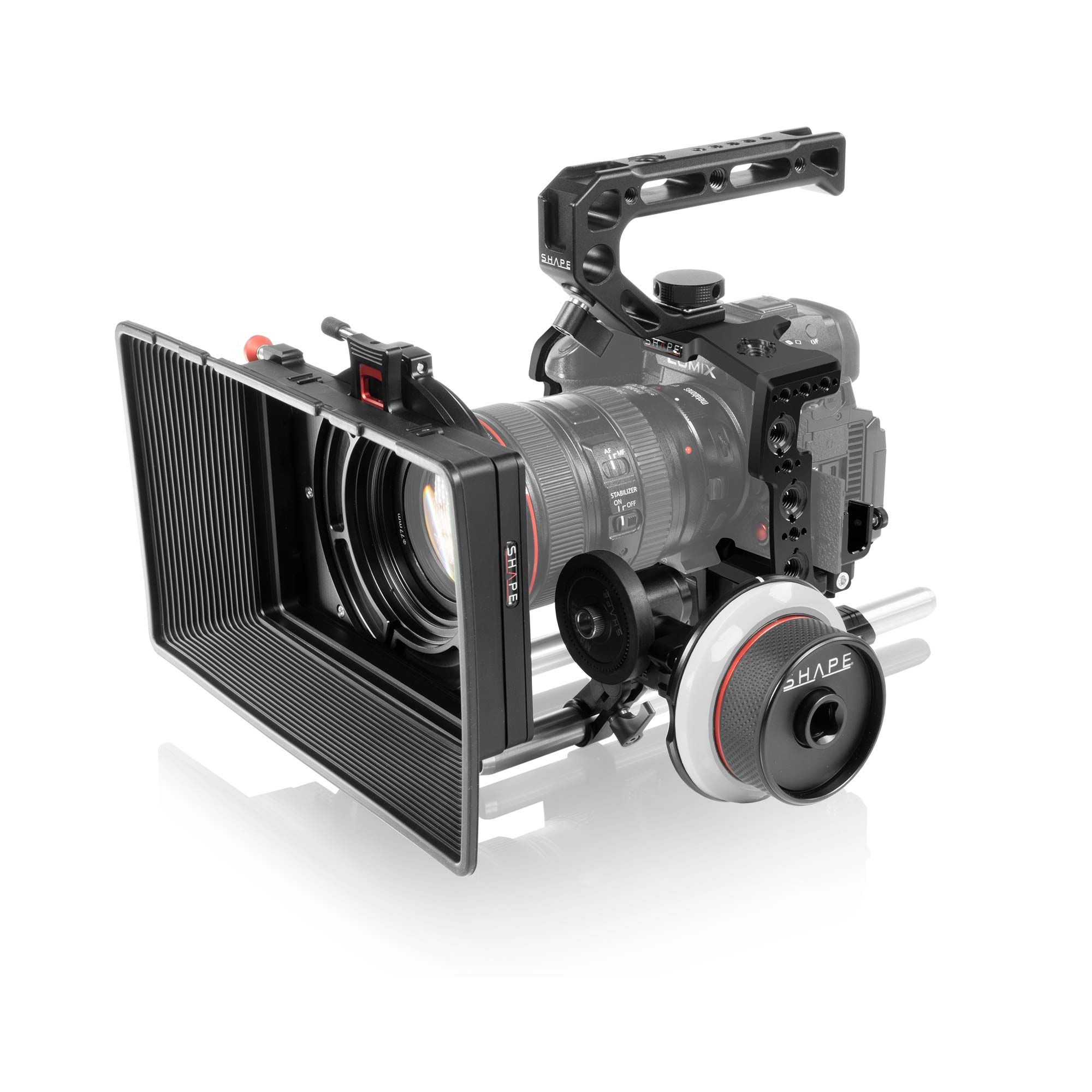
Formula E Panasonic Jaguar Racing GEN2 car & Jaguar I-PACE eTROPHY 76898 | Speed Champions | Buy online at the Official LEGO® Shop US
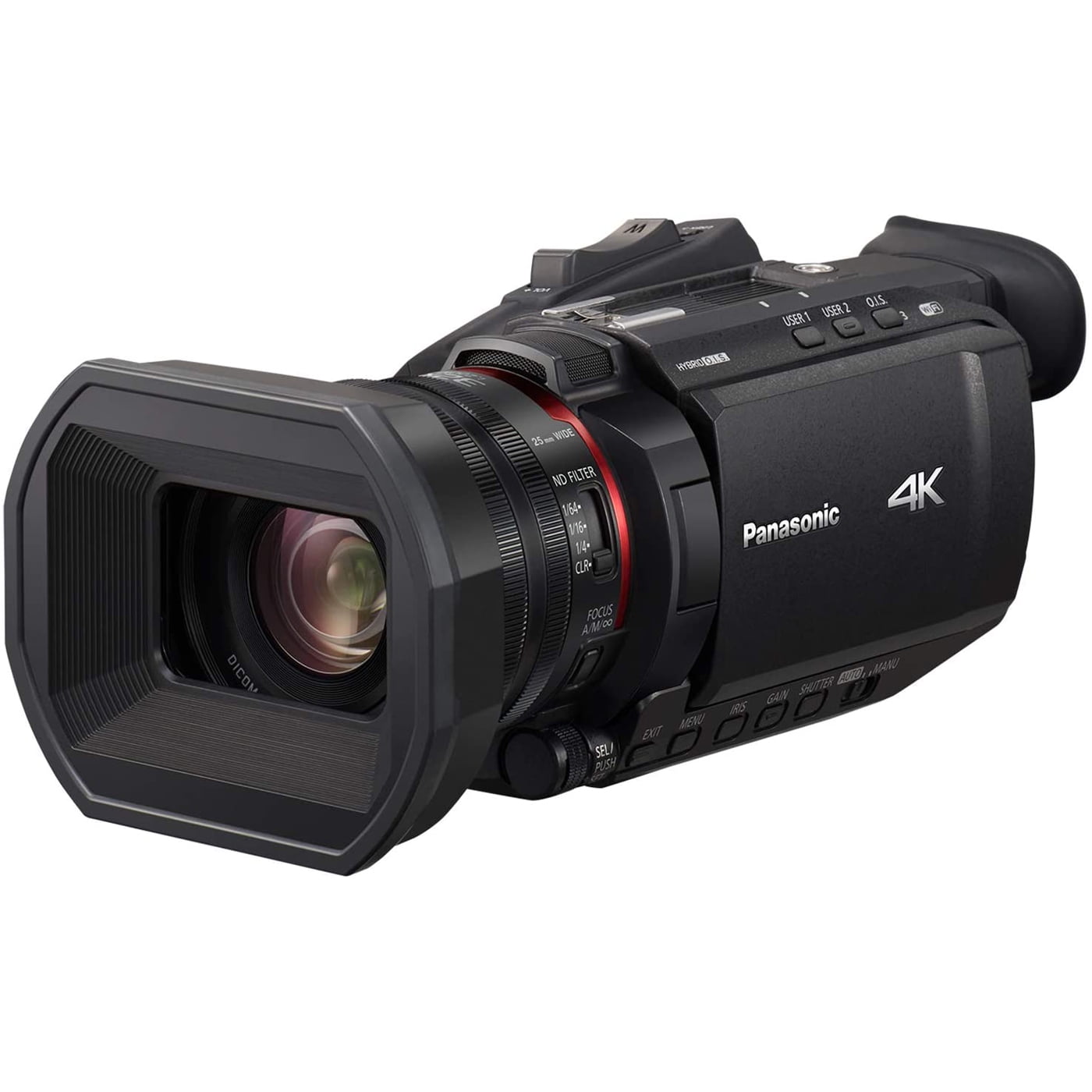
Panasonic X1500 4K Professional Camcorder with 24X Optical Zoom, WiFi HD Live Streaming, HC-X1500 (USA Black) - Walmart.com
I need to digitalize a tape, I have two boom boxes, a Panasonic RX-C39L and a JVC RC-W410. which one is better? : r/cassetteculture

